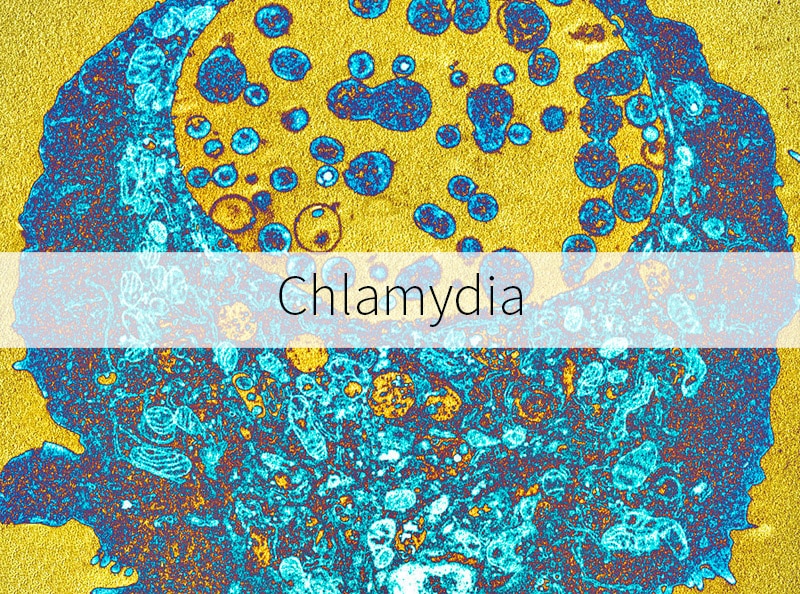Chlamydia is one of the most frequent STIs in the world, affecting more than 1,700,000 people all across the U.S. Records show that many of these cases remain unreported because people don’t get tested or never experience any symptoms.
Read More: Chlamydia in Ghana
Even though our human bodies are well-equipped to fight the infection alone, once it spreads to the reproductive system, the disease becomes too risky. This is a serious issue, and it can result in infertility and inflammation.
The only way to know for sure if an individual is infected is to get tested. As soon as you get diagnosed, you need to seek treatment, and this is the first and most important thing for managing the disease. Anyone who seeks treatment will receive proper antibiotics after thorough testing.
Product: Right Sign Chlamydia Test
Product: One Step Chlamydia Test
What Causes Chlamydia?
Chlamydia trachomatis is the bacteria responsible for the disease, and it infects the cells in the urinary tract. This type of bacteria can live in the cervix (the low end of the womb), vagina, urethra (a tube that connects the bladder), rectum, throat, and the eyes. Anyone can transmit it and get it. The only way to transmit it is via sexual contact as long as the individual comes in direct contact with infected semen or vaginal fluids.
Read More: Fact About the Chlamydia Bacteria
When to Get Treatment?
If you suspect you have any symptoms that may indicate a chlamydia infection, seek treatment immediately. Ask your doctor for evaluation and check your medical history for further information that may have anything to do with your sexual life.
Your doctor will determine if you need to receive proper treatment and when to start using adequate antibiotics.
Read More: Chlamydia Treatment
The Different Types of Antibiotics Used for Treating Chlamydia
Based on statistics, 95% of all the individuals infected can be treated with antibiotics. One of the most common antibiotics prescribed are:
- Doxycycline
- Azithromycin
Doxycycline antibiotics are taken two times a day for a week, while Azithromycin can only be taken at once as 2-4 tablets.
If you are allergic to something you are breastfeeding or pregnant, you might receive different antibiotics based on your condition or potential complications. Side effects are possible, but mild. There is a chance of diarrhea, stomach pain, vaginal thrush, etc.
Doxycycline
Doxycycline is designed to fight the bacteria inside the body. It can treat multiple different infections, from simple ones such as acne to something as serious as chlamydia. The purpose of this antibiotic is to boost the immune system. It affects the production of toxins and inhibits its growth. But, once a patient has started taking these antibiotics, that patient must avoid sexual intercourse while the treatment lasts. After a couple of weeks, if the symptoms still persist, or you believe the infection has reappeared, you can be tested.
Azithromycin
Azithromycin is an extremely powerful antibiotic that attacks the bacteria. It’s only main goal is to kill it. This type of antibiotic is only given to those who can’t be treated with Doxycycline. It’s a fast and potent treatment that can get rid of the bacteria left in the system.
Read More: What’s Chlamydia and Benefits of Testing at Home
References
https://www.cdc.gov/std/chlamydia/stdfact-chlamydia-detailed.htm
https://www.fpa.org.uk/sites/default/files/chlamydia-information-and-advice.pdf

